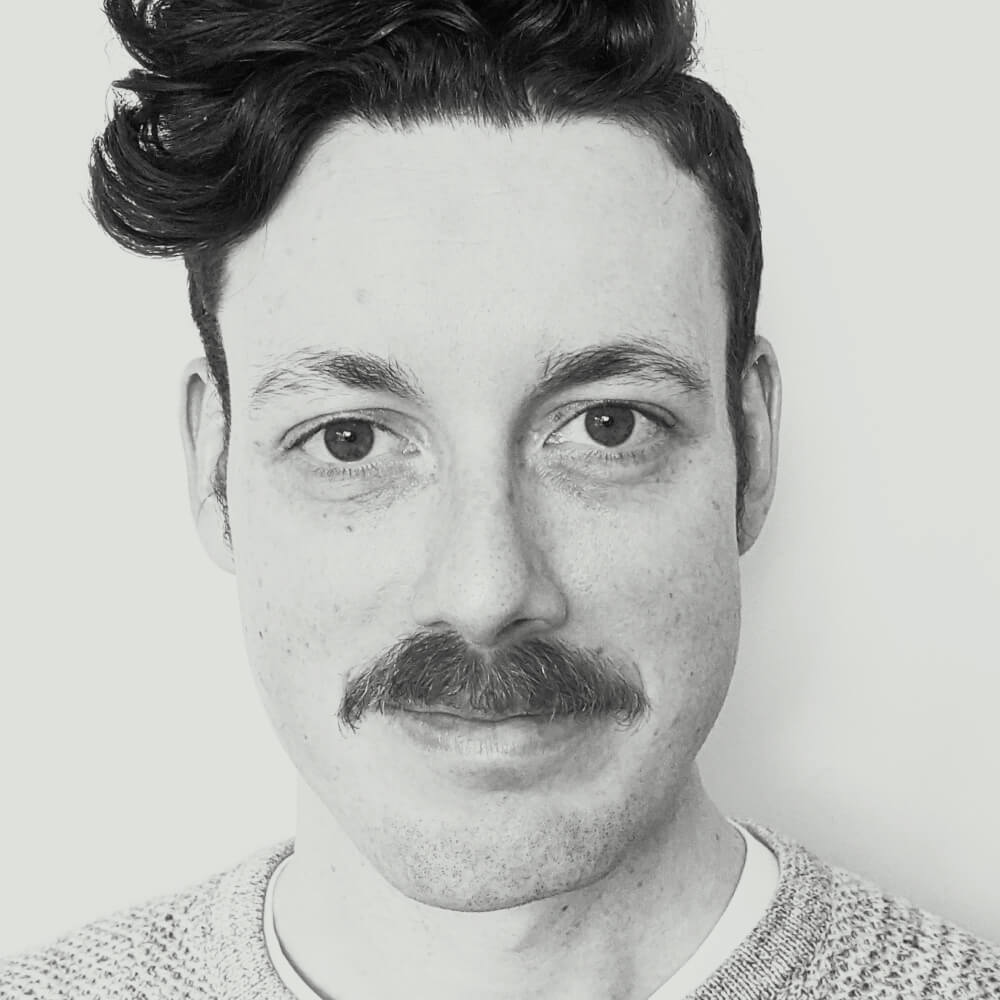On the steep rises of the Basque Country, a chant grows up that becomes a roar. There’s a sea of orange-clad spectators moving in unison. Photographers passing along the route have their vans rocked side-to-side, and when the riders later follow they pick their way along a narrow path.
In the sport’s biggest race, the Grand Depart is the hosting gig that matters. It brings the attention of the cycling world to a city or region for a solid week, rather than a day, and as a result makes it a capital-d Destination for spectators. In this particular case, there’s a deep love of cycling – a decades-long passion that verges on the fanatical – which makes the Basque Grand Depart a particular synergy.

You could see it on the climbs, but it was everywhere, really. Apartments overlooking the route had the proud autonomous region’s flags draped from the balconies. Beaches were marked with messages for TV helicopters to transmit. At the teams presentation on Thursday, many of the riders rode onto stage wearing txapelas, a Basque regional hat, and Tadej Pogačar endeared himself to the crowd by speaking Basque – “aupa Bilbao, aupa Athletic, gora Euskadi.” On stage 1, prior to the countdown to the stage start, a group of musicians played Basque wind instruments, accompanying a traditional dance. And then there were the fans lining the road, all over the opening days of the race.
That combination of cycling culture and, simply, culture means that the Basque Grand Depart feels like a natural fit, more so than the much more distant Danish foray last year. For the Basque Country, this has been in the works since 1992, when the Tour started in San Sebastián – the region has reportedly thrown its hat in the ring every year since. But in 2016, Tour race director Christian Prudhomme visited the Vuelta at the invitation of Bilbao city council, and apparently liked what he saw.

That’s not to say that this is philanthropy. The Tour organisers, the Amaury Sport Organisation, sell the rights for stage starts and finishes, with a going rate of €150,000, in addition to any civic improvements that may be deemed necessary. The Grand Depart is a much bigger-ticket item: in 2023, €12 million.
That’s a lot of money, and it was divided up to lessen the sting. Understandably, Bilbao took the lion’s share, around €8 million funded by Bilbao City Council, the Basque Government, and the Provincial Council of Bizkaia. The remainder was cut up between other communities – €850,000 euros for San Sebastián and Vitoria-Gasteiz, for example. That has been seen as an investment, rather than a cost; one projected return-on-investment is more than €100 million, thanks to the influx of tourism dollars to the region. Hotel occupancy in Bilbao exceeded 90%, and overbooked restaurants were turning customers away. There was some anti-Tour sentiment, as there often is – one banner on the streets of Bilbao read ‘Tourist go home’, the ‘Tour’ highlighted in yellow; there were also reports of tacks on the road, leading to several punctures. But those actions were a minority compared to the passion so evident elsewhere.
On stage 3, the Tour de France jumped the border from Spain into France, crossing one last categorised climb on the way. On the Côte d’Orioko Benta, the road was covered in the Xs and Ks typical of Basque graffiti. Flags were waved across the road, parting just in time for the passage of the peloton. In a land that loves cycling, the Tour de France felt like it was home, even when it was abroad.
What did you think of this story?

